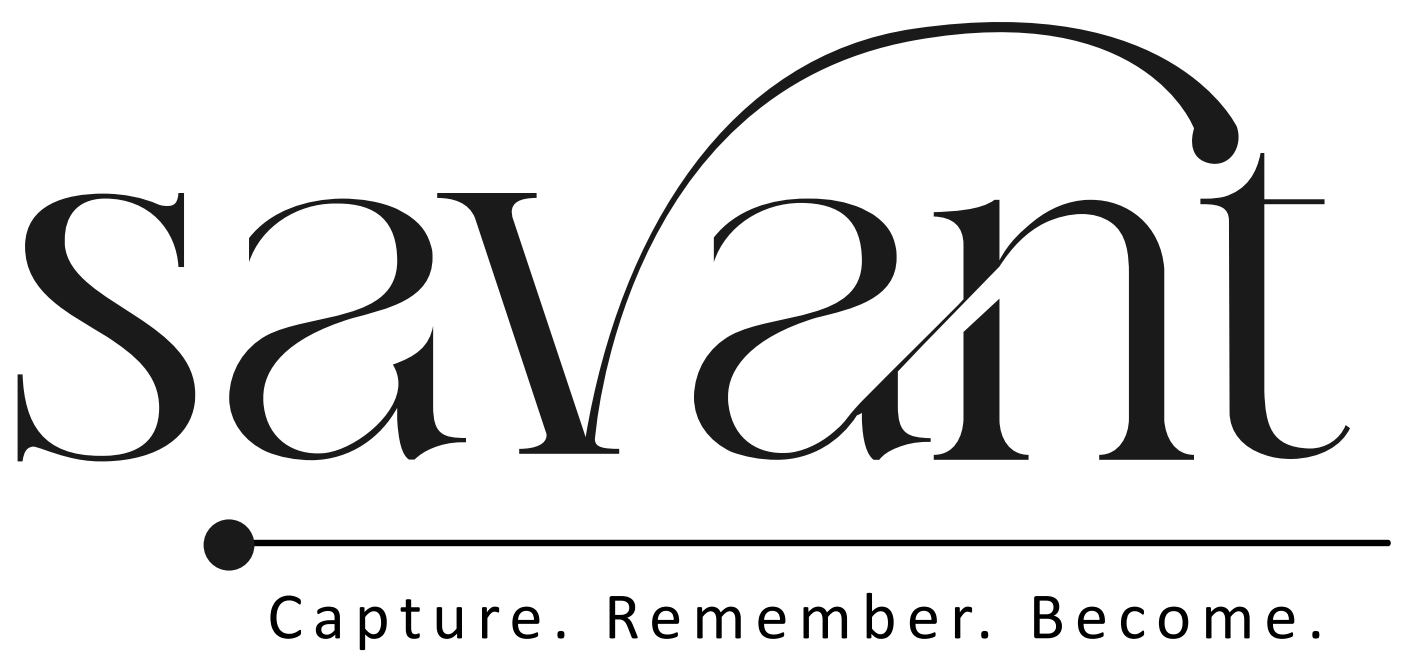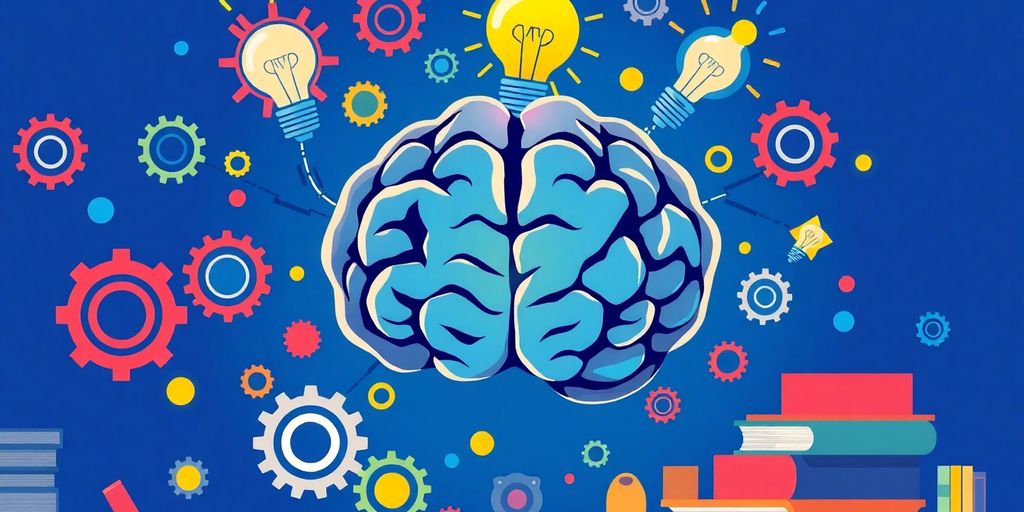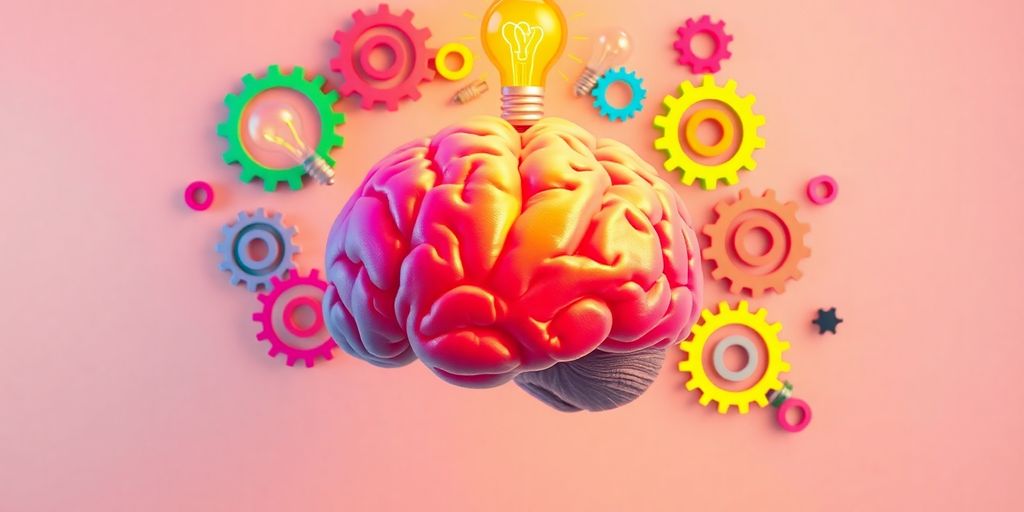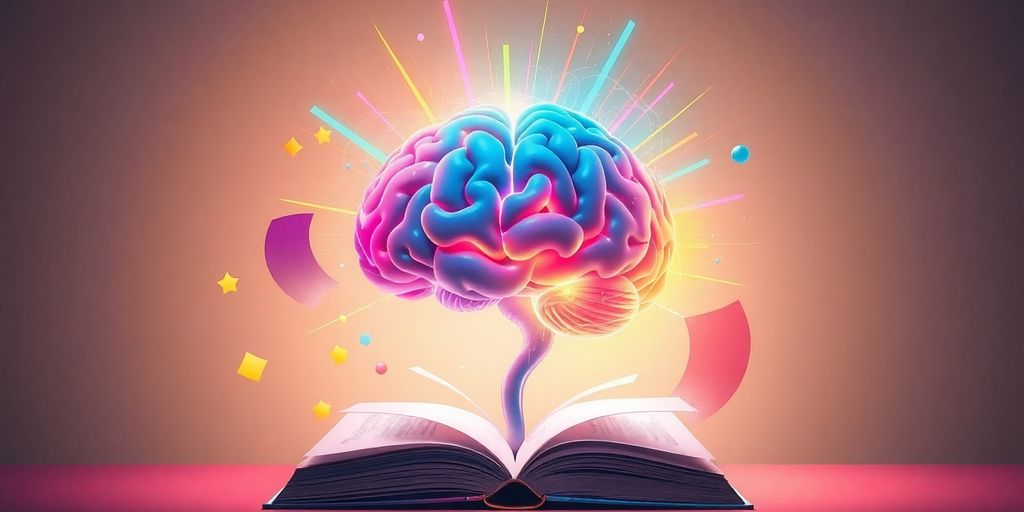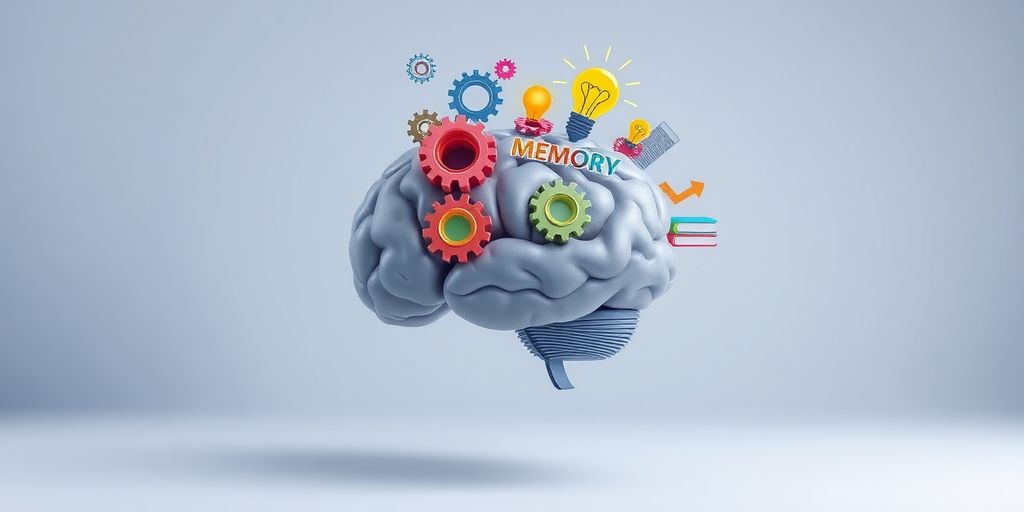Visual learning plays a crucial role in how we understand and retain information. Recent studies have shown that incorporating visual elements into our learning processes can significantly enhance comprehension and memory. This article explores various aspects of visual learning, including its scientific background, key research findings, practical applications, and future directions.
Key Takeaways
- Visual learning helps the brain process information better, making it easier to understand concepts.
- Using images, diagrams, and videos can improve memory retention and comprehension of complex ideas.
- Incorporating multiple senses in learning activities can enhance engagement and motivation among students.
- Spaced repetition, or revisiting material over time, is an effective method for solidifying knowledge.
- Creating a supportive and interactive learning environment can lead to better educational outcomes for all students.
The Science Behind Visual Learning
How the Brain Processes Visual Information
The brain is a powerful tool that processes visual information in unique ways. When we see something, our brain quickly interprets it, creating connections that help us understand and remember. Visual learning is essential because it engages our brain’s ability to process images, making it easier to grasp complex ideas. For instance, when we look at a diagram, our brain can link the visual cues to the concepts being taught, enhancing our understanding.
The Role of Visual Cues in Memory Retention
Visual cues play a significant role in how we remember information. Studies show that incorporating visual elements, like charts and images, can improve memory retention. Here are some key points:
- Visual aids help clarify complex ideas.
- They create stronger memory connections.
- Using colors and symbols can enhance recall.
Engaging multiple senses not only makes learning more enjoyable but also strengthens your memory connections.
Comparing Visual Learning to Other Learning Styles
Visual learning stands out when compared to other styles, such as auditory or kinesthetic learning. While all styles have their benefits, visual learning often leads to better comprehension and retention. Here’s a quick comparison:
| Learning Style | Strengths | Weaknesses |
|---|---|---|
| Visual | Enhances understanding through images | May not suit auditory learners |
| Auditory | Great for listening and discussions | Can miss visual details |
| Kinesthetic | Engages through hands-on activities | May struggle with abstract concepts |
In summary, understanding the science behind visual learning can help us create better educational experiences. By focusing on how the brain processes information, adapts, and responds to emotions, we can transform the way we teach and learn. Remember, the role of visual learning aids is crucial in enhancing educational outcomes!
Key Studies on Visual Learning
Recent Research Findings
Recent studies have shown that visual learning can significantly enhance understanding and retention of information. For instance, research indicates that students who engage with visual materials tend to perform better in assessments. Visual learning statistics for online training reveal that using images, videos, and graphics can lead to a more effective learning experience. Here’s a quick look at some key findings:
| Study | Findings |
|---|---|
| Study A | 70% of students preferred visual aids over text-based materials. |
| Study B | Visual learners scored 30% higher on tests compared to auditory learners. |
| Study C | 85% of participants reported improved retention when using visual tools. |
Case Studies in Educational Settings
Several case studies highlight the impact of visual learning in classrooms. Here are a few examples:
- Case Study 1: A school that integrated visual aids into their curriculum saw a 40% increase in student engagement.
- Case Study 2: Teachers who used videos and infographics reported a 50% improvement in student comprehension.
- Case Study 3: A program focusing on visual learning techniques resulted in higher test scores across various subjects.
Statistical Insights on Visual Learning
Statistics show that visual learning is not just a trend but a powerful educational tool. Here are some insights:
- 93% of communication is visual, making it crucial for effective learning.
- Students retain 65% of information when they learn through visuals compared to 10% through text alone.
- Incorporating visuals can lead to a 30% increase in information retention over time.
Engaging with visual content not only makes learning more enjoyable but also strengthens memory connections. By using visuals, students can create stronger links in their brains, making it easier to recall what they’ve learned!
Practical Applications of Visual Learning
Incorporating Visual Aids in the Classroom
Using visual aids in the classroom can make learning more engaging and effective. Visual aids like charts, diagrams, and videos help students understand complex ideas better. Here are some ways to incorporate them:
- Use colorful charts to summarize key points.
- Show videos that illustrate concepts in action.
- Create infographics to present information clearly.
Using Technology to Enhance Visual Learning
Technology can play a big role in enhancing visual learning. With the right tools, students can interact with the material in exciting ways. Here are some tech ideas:
- Use educational apps that include multimedia elements.
- Incorporate virtual reality experiences to explore new concepts.
- Utilize online platforms for collaborative projects that involve visual elements.
Success Stories from Visual Learners
Many students have found success through visual learning techniques. For instance, students who use visual aids often report better retention and understanding of the material. Here are some success stories:
- A student improved their grades by using mind maps to organize their thoughts.
- Another learner found that creating videos helped them grasp difficult subjects.
- Many report that using flashcards with images boosts their memory retention.
Engaging students through these practical applications not only makes learning enjoyable but also helps them retain information better. By using techniques like multisensory learning and gamification, teachers can create a dynamic classroom environment that fosters growth and curiosity.
Benefits of Visual Learning
Improved Comprehension and Retention
Visual learning can significantly boost how well students understand and remember information. When students engage with visual aids, like diagrams and charts, they can grasp complex ideas more easily. This method helps the brain process information faster, leading to better retention. For instance, studies show that using visuals can enhance memory retention by up to 65% compared to text alone.
Enhanced Engagement and Motivation
Using visuals in learning makes the experience more exciting! Students are often more motivated when they can see information presented in colorful and dynamic ways. Here are some ways visuals can enhance engagement:
- Interactive presentations that include videos and animations.
- Colorful infographics that summarize key points.
- Mind maps that visually connect ideas.
Supporting Diverse Learning Needs
Visual learning is beneficial for all types of learners, especially those who may struggle with traditional methods. It caters to different learning styles, making education more inclusive. Here’s how visual learning supports diverse needs:
- Visual learners grasp concepts better through images and diagrams.
- Kinesthetic learners benefit from hands-on activities that involve visual elements.
- Auditory learners can enhance their understanding by seeing information while they listen.
Visual learning not only makes studying more enjoyable but also strengthens memory connections. The more you interact with the material, the better you’ll retain it!
Challenges and Solutions in Visual Learning

Visual learning is a powerful tool, but it comes with its own set of challenges. Here’s a look at some common issues and how we can tackle them.
Overcoming Barriers to Visual Learning
- Limited Resources: Not all classrooms have access to the latest technology or visual aids. Schools can work together to share resources and create a library of materials that everyone can use.
- Teacher Training: Many educators may not be trained in using visual tools effectively. Providing professional development can help teachers feel more confident in incorporating visuals into their lessons.
- Student Engagement: Some students may not respond well to visual learning. It’s important to mix different teaching styles to keep everyone engaged.
Addressing Common Misconceptions
- Visual Learning is Only for Visual Learners: Everyone can benefit from visual aids, not just those who identify as visual learners. Using visuals can enhance understanding for all students.
- More Visuals Equals Better Learning: While visuals are helpful, too many can overwhelm students. It’s essential to find a balance and use visuals that truly support the lesson.
- Visuals are Just Decorations: Visuals should serve a purpose. They need to clarify concepts and help students connect ideas, not just fill space on a page.
Effective Strategies for Teachers
- Use Clear and Relevant Visuals: Choose images and diagrams that directly relate to the lesson. This helps students make connections and understand better.
- Incorporate Interactive Elements: Engage students with activities that involve visuals, like creating mind maps or using flashcards. This makes learning more dynamic and fun.
- Encourage Student Input: Let students create their own visuals. This not only reinforces their learning but also allows them to express their understanding in a personal way.
Remember, visuals are not just pretty pictures; they are powerful tools that can enhance learning when used correctly.
By addressing these challenges and misconceptions, we can create a more effective visual learning environment that benefits all students. Let’s embrace the power of visuals and make learning an exciting adventure!
Future Directions in Visual Learning Research
Emerging Trends and Technologies
The future of visual learning is looking bright! Researchers are diving into exciting areas that could change how we teach and learn. Some of these areas include:
- Understanding how different brain regions work together
- Exploring the effects of technology on learning
- Investigating how social interactions influence brain development
These trends could lead to amazing advancements in education!
Potential Long-Term Benefits
As we learn more about visual learning, we can expect some fantastic benefits:
- Improved teaching methods that cater to individual learning styles.
- Enhanced student engagement through tailored learning experiences.
- Better support for students with learning difficulties.
Collaborations Between Researchers and Educators
Collaboration is key! By working together, researchers and educators can:
- Share insights that lead to better teaching strategies.
- Develop tools that help students learn more effectively.
- Create a more inclusive learning environment for everyone.
The combination of neuroscience and education is like a powerful team, ready to transform how we think about learning!
Tips for Maximizing Visual Learning
Creating Effective Visual Study Materials
To make the most of your visual learning, start by creating study materials that are engaging and easy to understand. Here are some tips:
- Use colorful charts and diagrams to present information clearly.
- Incorporate images and videos to illustrate concepts.
- Create mind maps to connect ideas visually.
Balancing Visual Learning with Other Methods
While visual learning is powerful, it’s important to balance it with other techniques. Here’s how:
- Combine visual aids with auditory resources like podcasts.
- Engage in hands-on activities to reinforce learning.
- Discuss what you’ve learned with peers to deepen understanding.
Personalizing Visual Learning Techniques
Everyone learns differently, so personalize your approach! Consider these strategies:
- Use color coding to highlight key points in your notes.
- Create infographics to summarize complex information.
- Experiment with different formats to see what works best for you.
Remember, engaging multiple senses not only makes learning more enjoyable but also strengthens your memory connections. The more you interact with the material, the better you’ll retain it!
Wrapping It Up: The Power of Visual Learning
In conclusion, exploring how much we learn through visuals shows just how important they are in our education. Studies tell us that using pictures, videos, and other visual tools can make learning easier and more fun. When we see and hear information together, it sticks better in our minds. This means that teachers can help students by using different ways to present lessons. By mixing visuals with other methods, we can create a more exciting and effective learning experience. So, let’s keep pushing for more visual learning in our classrooms, making education a place where everyone can thrive!
Frequently Asked Questions
What is visual learning?
Visual learning is a way of learning that uses pictures, diagrams, and videos to help understand and remember information better.
How does the brain process visual information?
The brain processes visual information by recognizing images and patterns, which helps us understand and recall concepts more easily.
Why is visual learning effective?
Visual learning is effective because it engages multiple senses, making it easier for students to remember information and stay interested.
What are some examples of visual learning techniques?
Examples include using charts, diagrams, videos, and mind maps to present information in a clear and engaging way.
How can teachers support visual learners?
Teachers can support visual learners by incorporating visual aids into lessons, using colorful materials, and encouraging the use of diagrams.
What challenges do visual learners face?
Visual learners might struggle in environments that rely heavily on text or lectures without visual support, making it harder for them to grasp concepts.
